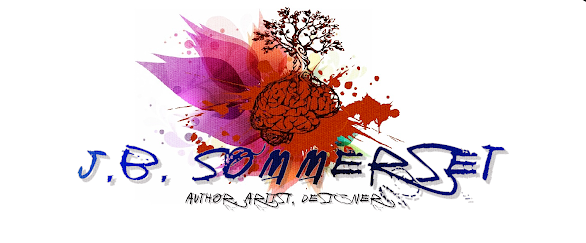Being a good descriptor vs. being the keeper of adjectives...
Just how much description is too much?
Like most things in life, it’s
not how much you can get. It’s more so, the quality and usage. Many people love
to go over the top with the descriptors, once again quantity vs. quality.
Most people want more, it's the
current culture of the world. Look at the department store and fast food adds,
more, more, more! But more isn't usually better. Most of the time it's messy and
leaves a person feeling bloated and sick.
Writing more unnecessary words
is a dangerous place to be. Most readers check out when the story isn’t
moved forward, is too wordy, or just confusing. Too many descriptors create problems of attention in the reader. The reader needs to be a part of the
process, they need to see the story as it unfolds in their head- with their imagination.
On the flip side, too little can leave the reader feeling empty and confused. Too little can make a story weak and lackluster, leaving to much up to the reader.
So, what is the right amount? Is
there a magical formula that can be applied? The answer sadly is no, there isn’t
a magical formula. There are however some tips to keep the right amount of
juice in the meat of the writing.
So here are some more tips for writing
description…
First, consider the importance of
what is being described and ask one question: “Is it a major part of the story?”
if the answer is “No”, then don’t bourdon the reader with it. If it establishes
the world in which you want to draw the reader, be brief and spread the
description of the world across the whole piece.
Second, consider the picture
being painted, is there meaning in it? If the answer is “Yes”, then make sure it's described to the reader in a way that the reader understands it’s relevance
(for instance: is how something smells important? If it illustrates something, focus on what it illustrates.)
Third, if something really needs
description, gratify the cardinal senses and prioritize them: sight, sound,
smell, taste, touch. Use moderation across the narrative and select
verbiage that has more meaning. A writer can be brief, but also descriptive.
Use the rule of three; three is enough unless a bigger point is being made.
Remember, these are only rules and guides. Great writers break the rules all the time, and they make some up as they go. However, following the rules and understanding them makes a person a good writer, and a person must become a good writer before they can become a great writer. Knowing the rules means a person can discern when it is appropriate to break them.
Cheers!




Comments
Post a Comment